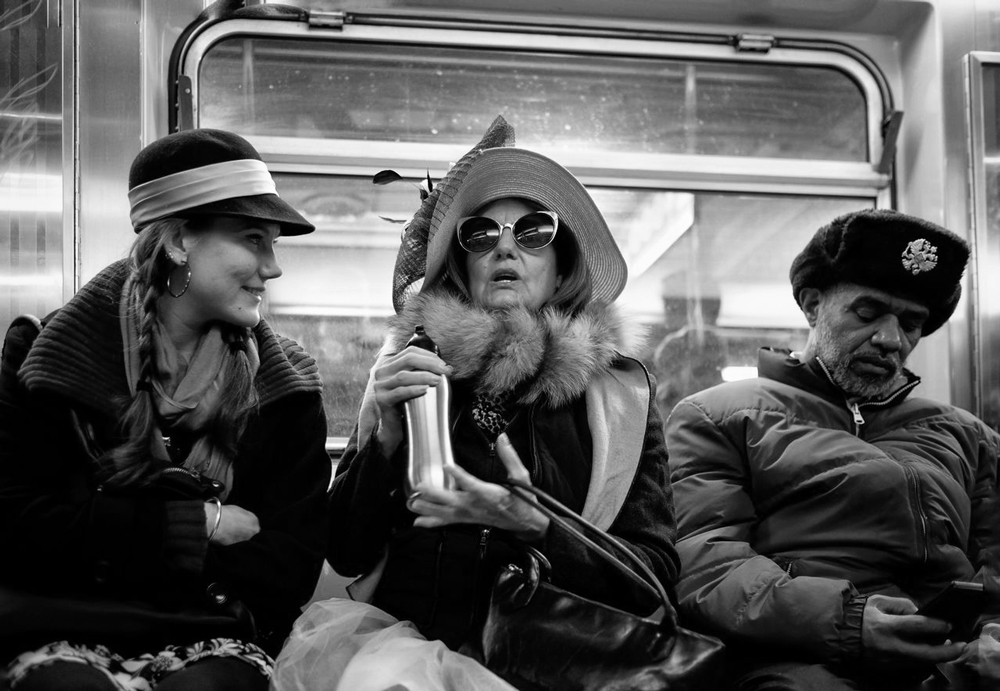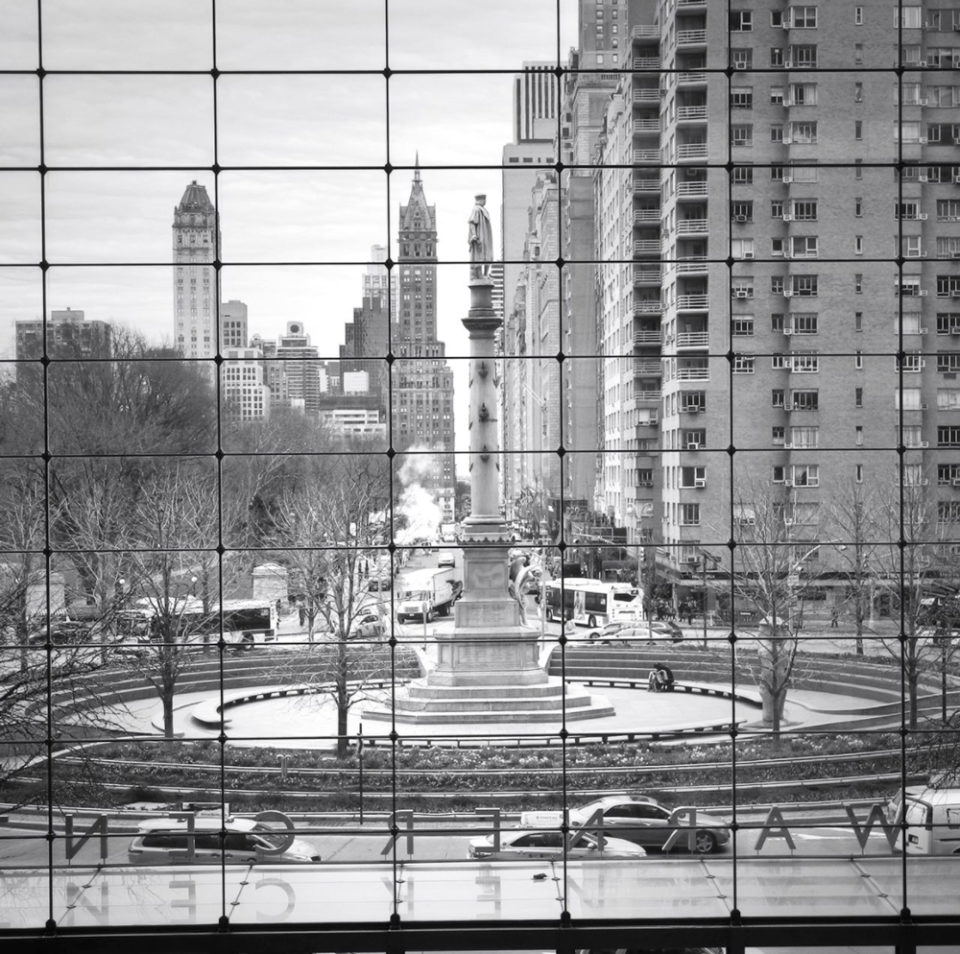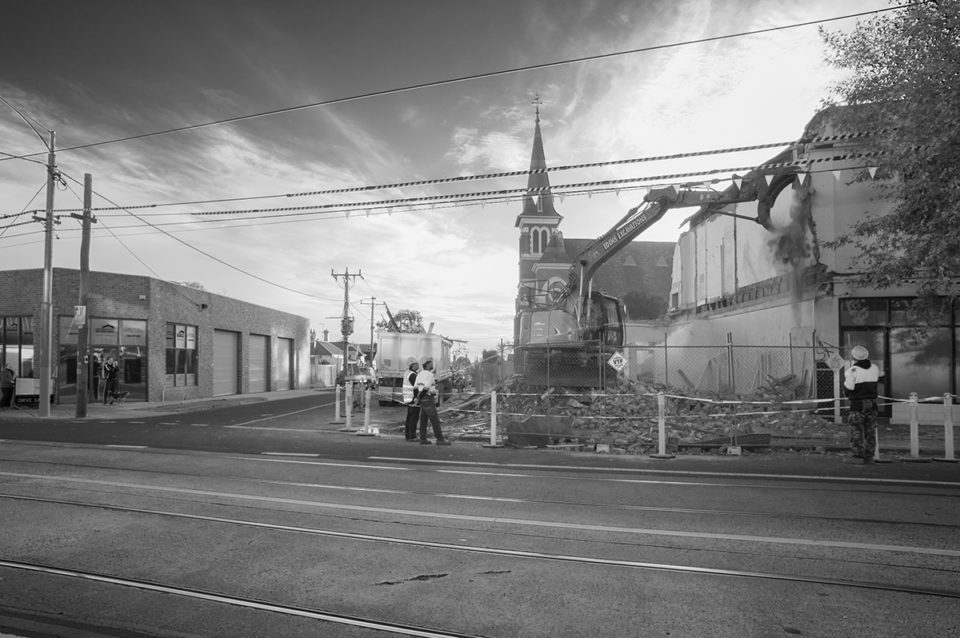What’s “the whitest job in arts and culture?” asks CreateNYC, the city’s new cultural plan. Answer: “Curator.”
No surprise there.
New York’s diversity shines brightest underground, during the journey shared with every type of person in your subway car. Once you’re in sunlight again, enter any tall building and you’ll experience a kind of racial litmus test. Darker complexions abound on the lower floors, maintaining the building and its security. As you rise, things get paler.
This skin-tone tapering continues past support staff offices, through the echelons of decision-making until you reach rarefied boardrooms at the summit. Our cultural institutions are more horizontal in physical shape than our corporate skyscrapers but the same principle applies to their management structure, with curators controlling how we experience culture.
New Yorkers identify themselves as 67 per cent people of colour and 33 per cent white, non-Hispanic. This is a near mirror image of how our cultural institutions are staffed: 38 per cent people of colour, 62 per cent white, with most non-whites working in low-level positions. Attendance at major cultural institutions is similarly skewed.
Culture is wildly popular in the city –it’s what we like to do, well 97 per cent of us – and a powerhouse of productivity. The creative and cultural sectors spanning visual arts, dance, theater, film, television and publishing, employ 400,000 people and generate $22.1 billion. The non-profit portion, including museums, is $8.1 billion alone, keeping 23,000 people busy full-time, 33,000 part-time and engaging 64,000 independent contractors. CreateNYC wants to rework the equation, increasing the equity of underrepresented groups and expanding access.
Increasingly, the mysterious chemistry of diversity is valued in tangible ways. The Harvard Business Review reported inclusive teams are smarter because they focus on facts, are more innovative, and root out rote thinking. So, when the mayor announced diversity “will be a factor in funding decisions by the city going forward,” there was both a collective murmur of approval and an audible gasp from our largest cultural institutions: How much will they really have to change?
A lot is at stake. All up, including capital and operating expenses, the NYC Department of Cultural Affairs will provide $360 million in 2018 for arts and culture. By comparison, the National Endowment for the Arts ponies up around $150 million annually – and if a certain philistine from Queens has his way, that’s set to end abruptly.
Anyone reading the plan to follow the money will be disappointed. The glossy, 180-page document teems with pictures, charts, and quotes cherry-picked from 200,000 citizens who contributed to its research. Details are sparse. In short, institutions have a year to talk amongst themselves and figure out how to improve inclusionary efforts in some measurable way. Then report back.
In a move that flummoxed many in the cultural community, Commissioner Tom Finkelpearl resorted to a sports analogy to add clarity. He touted the NFL’s Rooney Rule ensuring minority candidates for senior coaching positions are in the interview pool. Critics pointed out this doesn’t guarantee hiring anyone of color. Instead, the candidate can be played like the rube in a game of street-corner three card monte, shuffled around but never selected.
Meanwhile, cynics see CreateNYC as laudable lip service. A narcissistic election-year ploy to make New Yorkers feel good about ourselves then pull the lever again for the tall white guy with the poet black wife. That’s a bit harsh. Mayor de Blasio means well, but emerges wishy-washy, shy of offending the powerful. He offers only a symbolic shell, an apparition of progress. But given the dark forces engulfing the rest of the country, the mere glimpse of a brighter future may still do the trick.






